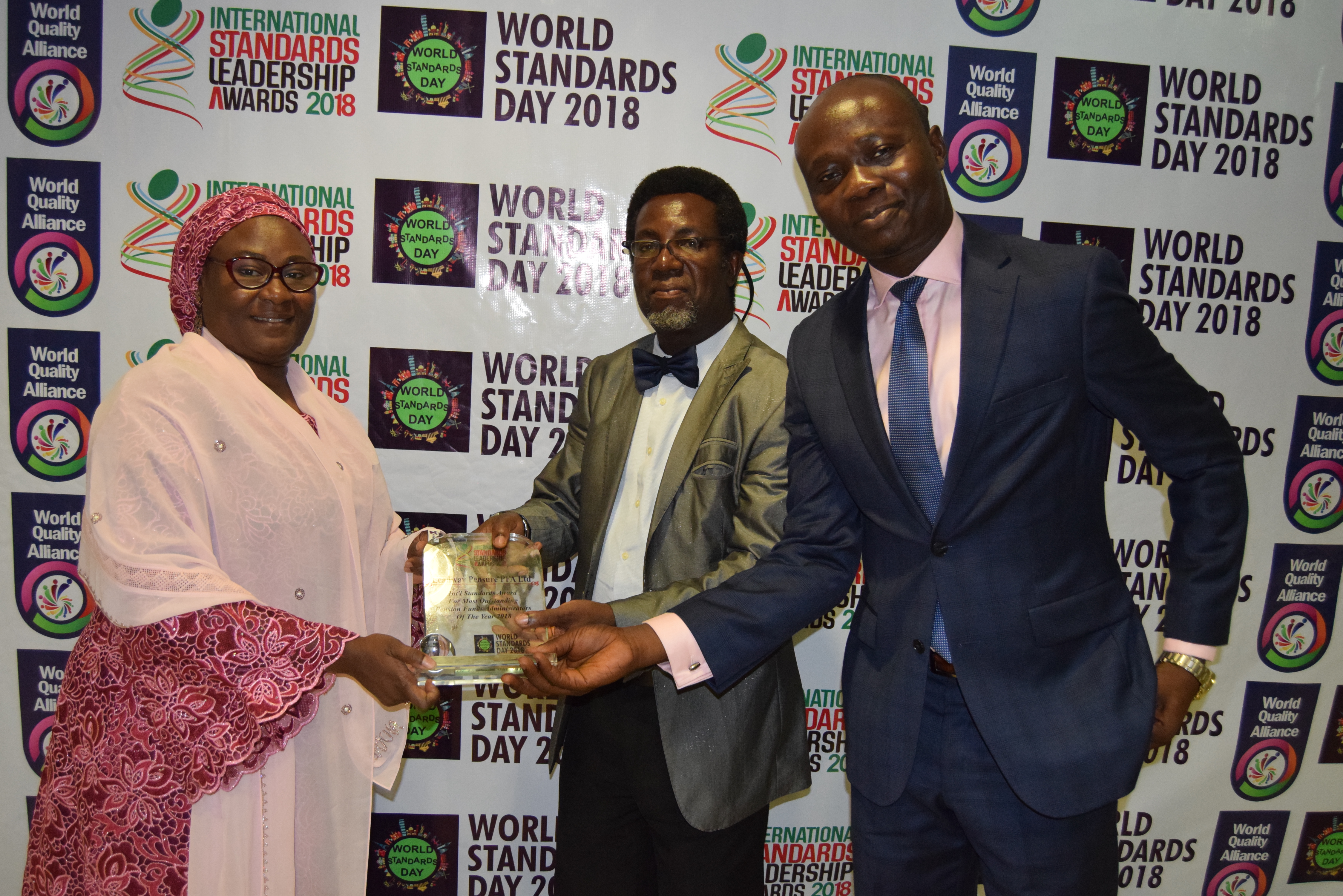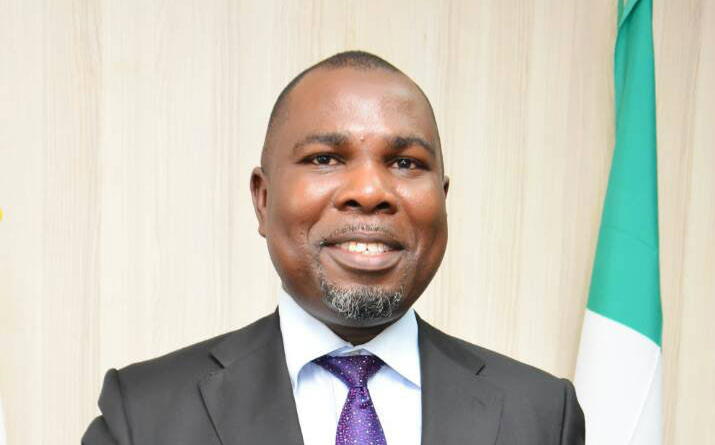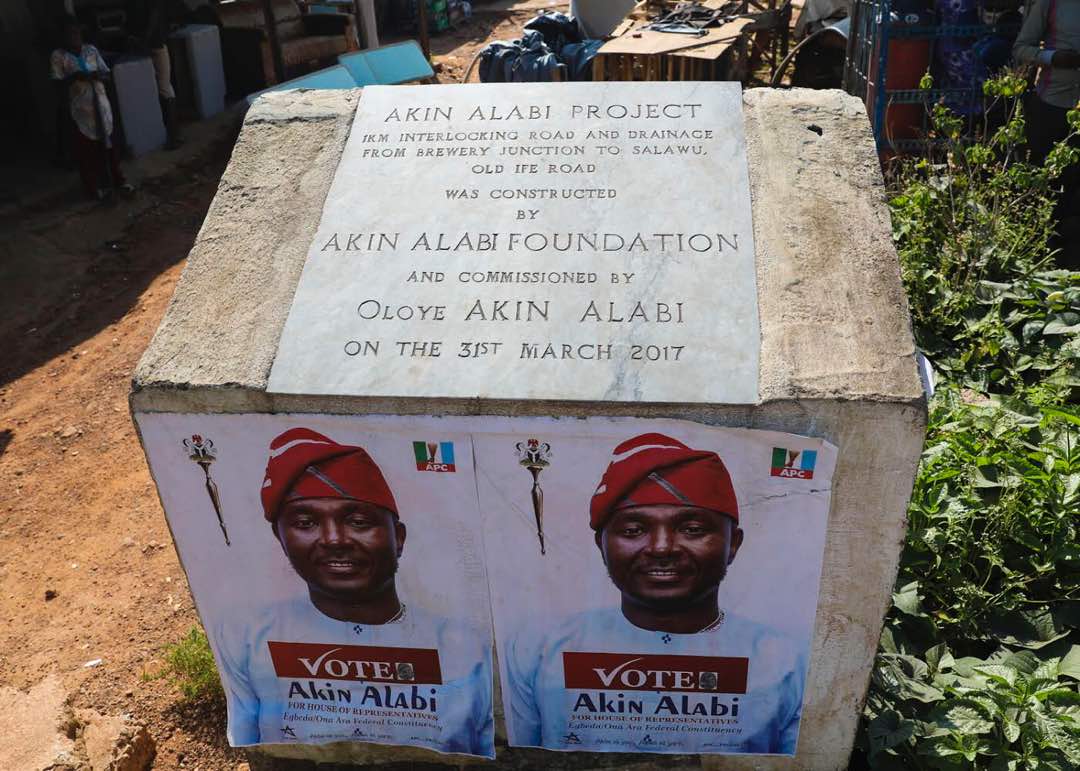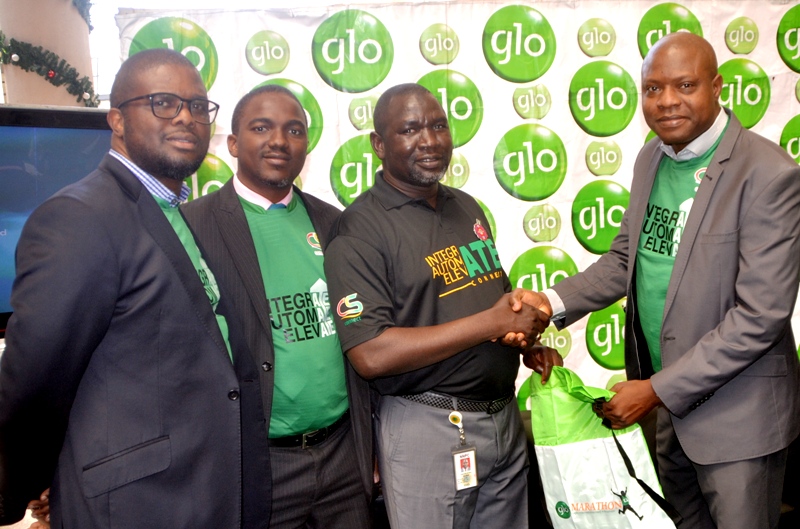It is a little over one year since President Muhammadu Buhari’s administration launched the Economic Recovery and Growth Plan to unlock potential in the non-oil sector for the purpose of diversifying the economy to reduce dependence on oil as the mainstay of the Nigerian economy.
The period may therefore not be long enough to correctly assess the impact of a programme that is designed as a catalyst to drive the much needed recovery and growth of an economy that had been in the woods for many years, especially one that is just coming out of recession. But the signs are already very clear that the programme is on the right track to achieving its objectives.
Like a seed, the Economic Recovery and Growth Plan requires further nurturing to germinate and grow into the giant economic tree the government intends it to be. One of the ways of achieving the economic growth plan are focus labs that guarantee access and unlock opportunities to investors in a manner that was hitherto considered impossible.
The first phase of such labs was held in Abuja, from March 12 to April 22, 2018. There were positive outcomes from the six-week event that was held to crystallize the expectations for the economic recovery programme in achieving results. The sessions brought together major stakeholders in the public and private sectors, including investors, experts, relevant government agencies and decision makers in government led by the Vice President, Professor Yemi Osinbajo, for the purpose of identifying challenges that could hamper smooth implementation of the Economic Recovery and Growth Plan, and coming up with practical solutions to those challenges.
One major achievement of the focus labs was that they erased the doubts and skepticisms that existed in the minds of investors about the Economic Recovery and Growth Plan, which many erroneously saw merely as the Buhari administration’s version of one of the many programmes before it, and which, like their predecessors, would not achieve any purpose. Investors left the focus labs, which were held in form of workshop, convinced that they were the better for it.
At the event, investors received all the assistance they require to overcome the teething problems that are usually associated with business startups. Participation in the event enabled them to get their businesses off the drawing board, by way of expert advice on such areas as project design and implementation, funding opportunities and the various incentives that are available, many of which they were not aware of.
Revelations that came out of the focus labs showed, for instance, that transformation of the agro-allied sector for the objective of achieving self-sufficiency in food production and export is possible. Investors in this sector formed strategic partnerships that would boost their businesses in terms of identification of funding opportunities, increase in capacity utilization and marketing.
Investors in manufacturing, especially Micro, Small and Medium Enterprises got exposed to opportunities that exist for them to unlock their potential, grow their businesses and contribute to building an economy that would compete with the industrialized economies of the world.
The focus labs identified projects that can boost commercial and industrial development, employment generation with positive impact on families, local sufficiency and export for the much needed foreign exchange, and also contribute to GDP growth. It focused on three major sectors of the economy, namely, agriculture and transportation, manufacturing and solid minerals development, as well as power and infrastructure.
The Vice President, Professor Yemi Osinbajo, summed up the success of the exercise when he announced that it had identified more than $22.5 billion worth of private investments in about 164 projects that are waiting to be unlocked. He said that $10.9 billion of the amount were tied to projects that can be described as Most Ready, which have the capacity to accelerate the growth of the private sector, with potential to create more than half a million jobs up until 2020. He described the development as a clear demonstration of the far-reaching impact of the Economic Recovery and Growth Plan to unleash a brighter future for the country.
Participants at the focus labs described it as a huge success, and called for them to be replicated at the state and local government levels. They believe that it would create more awareness among investors who may still be unaware of the huge potential that the Economic Recovery and Growth Plan has, and how it can help them grow their businesses for the overall objective of enhancing the nation’s economic growth and sustainable development.
The Economic Recovery and Growth Plan is designed to build a highly diversified economy that would lead to sustainable growth and development, with the objective of guaranteeing prosperity for all Nigerians. It has the three-pronged vision of restoring economic growth, investing in people and building an economy that is internationally competitive.
If well implemented, the Economic Recovery and Growth Plan will bring about sustainable and robust growth of the private sector, which is the engine room of economic growth. It will remove the bottlenecks that usually hamper the growth of businesses and help them to grow, with the trickling down effect of creating employment and improving the quality of life of Nigerians, with corresponding increase in the nation’s Gross Domestic Product.
The achievements that have been recorded by the Buhari administration so far indicate that the Economic Recovery and Growth Plan will, indeed, achieve the objective of diversifying the economy. This is especially so, with the release, by the federal government, of over N2.6 trillion between 2016 and 2017 as capital expenditure to fund infrastructure projects that will address the infrastructural challenges faced by the private sector. The appropriated capital budget provision for 2018 is N2.86 trillion.
Among the results of the high expenditure on capital projects is the massive rehabilitation of roads currently going on across the country. With about 50 per cent increase in power generation from 4, 000 megawatts in 2015 to 7, 000 megawatts in 2018, the problem of power, which has been the major factor hindering economic growth, is being addressed.
In the agricultural sector, the Anchor Borrowers Programme of the Central Bank of Nigeria has provided over N82 billion as credit to more than 350, 000 rice farmers, which yielded increase in rice cultivation from 2.5 metric tonnes in 2015 to 4 metric tonnes in 2017.
On a general note, a 1.5 per cent GDP growth rate in the second quarter of 2018 shows an economy that is on the path to full recovery, especially with foreign reserves hitting a five-year high of $45.83 billion as at August 31, 2018.
Add a comment






